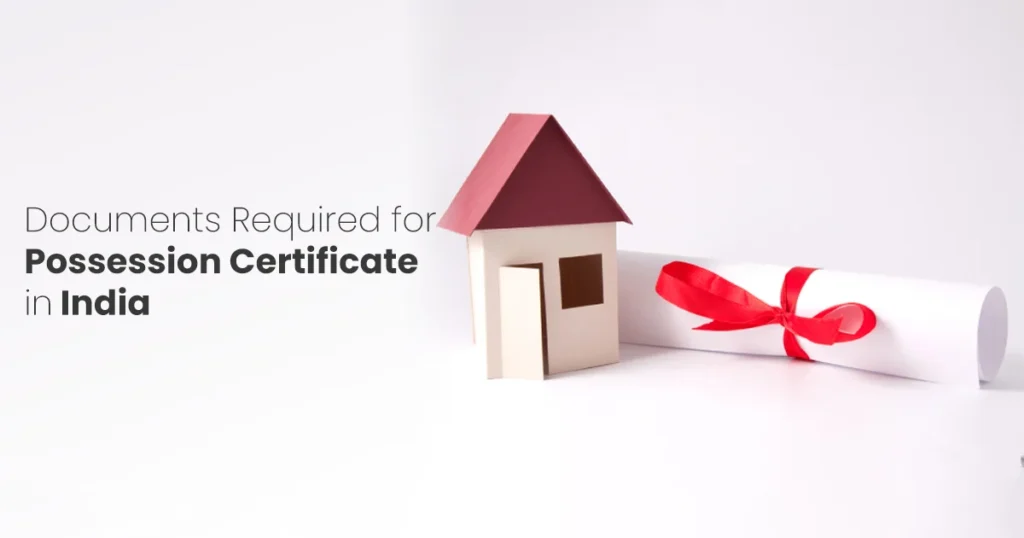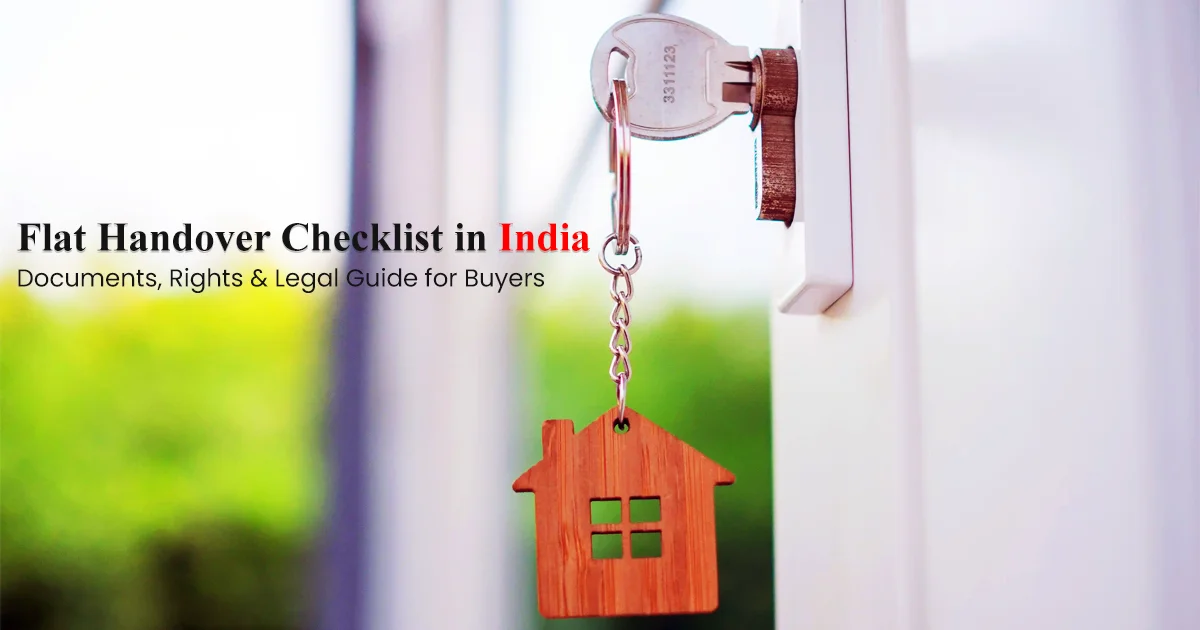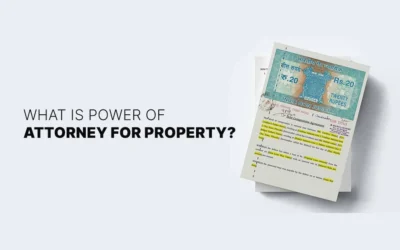Let’s see what comes next after the builder congratulates you by saying, “Congratulations, your flat is ready.” You might be handed a bouquet, maybe a ceremonial key, and a thick folder of documents that most people never read past the first page.
So that folder? That is the fine print of ownership; that’s where the money lies-whether your flat has an Occupancy Certificate, whether it is part of a legally approved layout, whether your possession can be defended in case anything goes wrong.
This blog is not about the furniture configuration or Vastu. It is about the non-negotiables in possession: what a Flat Handover Checklist should include, what you must check, sign, collect, and question before calling the place your own-because once you take possession, the legal burden-good or bad-shifts to you.
What is a Flat Handover?
A standard flat handover is a formal process in which the physical and legal possession of the flat is transferred from the builder (or seller) to the buyer. It indicates that the builder is deemed to have completed all basic work pertaining to the completion of construction and is in compliance with safety norms and municipal clearances, and that the buyer can now lawfully occupy the premises.
It also marks the birth of the buyer’s responsibilities with regard to the legal upkeep of the property, payment of outstanding dues, and assumption of legal rights of ownership.
Read also: Home Inspection Checklist India 2025 | Guide for Buyers
Flat Handover Checklist for Buyers (2025)
Occupancy Certificate (OC)
Available with the municipal authorities, it states that the building is constructed according to approved plans and made ready for occupation.
Without an OC, residing in the flat is illegal.
Possession Certificate
This includes the information that the buyer, on a certain date, has taken possession of the flat. A very important document when it comes to legal and financial records.
Completion Certificate
This document certifies that the building construction has been completed under the approved plans and building codes.
Final Sale Deed
This deed is verified and registered and serves as the final legal proof of ownership. Ensure that all clauses from the sale agreement were fulfilled so that the final deed represents accurate details.
No Dues Certificate (NDC)
This verifies that before possession, the buyer clears all dues-maintenance, electricity, club charges, and taxes not due to the builder.
Physical Inspection of Flat
Go for a detailed walkthrough, including checkups for:
- Cracks in the ceilings or walls
- Leaks in plumbing or sanitary fittings
- Checking tiling and flooring quality
- Functionality of doors, windows, and locks
- Sockets, fans, and other electrical appliances
- Ventilation and natural lighting
Document all damages, and inform the builder in writing as soon as possible.
Read also: Pros and Cons of Buying a Flat in Bangalore
Utility Connections
Check that there are all independent water, electricity, and gas connections, and check relevant meters and account transfer details.
Car Parking Allotment
Check whether the parking area was allotted as per the agreement. Ensure the same is duly marked and accessible.
Access to Amenities
Confirm that all such facilities as elevators, clubhouse, gym, and garden are working, functional and maintained. Ask for the amenity handover status to the Residents’ Welfare Association (RWA).
Fire Safety Compliance
Smoke detectors, fire extinguishers, and exit signage should be checked. Modern housing is not complete without fire safety compliance features.
Documents Required for Flat Possession Certificate in India

Generally, the following documents are required for acquiring possession certificates:
- Builder-Buyer Agreement
- Registered Sale Deed
- Allotment Letter
- Occupancy Certificate
- Completion Certificate
- Identity proof (Aadhaar/PAN)
- Proof of Address
- Receipts and NDC
The certificate is issued by the Builder for all private projects, and by the local authorities in case of government housing projects. It is of utmost importance for future reselling, mutation, or closure of a loan.
Buyer and Seller Rights & Liabilities During Flat Handover
Understanding the legal responsibilities and rights of buyers and sellers is a shield against disputes on either side.
Buyer’s Rights Under RERA
- Right to Timely Possession: Buyers can claim compensation or terminate the agreement in case of unjustifiable delay.
- Right to Information: Buyers are entitled to information concerning layout plans, approvals, project timelines, and facilities.
- Right to Clear Title: The seller has to assure that the property is free from encumbrances.
- Right to Refund and Compensation: Under RERA, buyers may claim interest or a full refund if promises are not fulfilled.
- Right to Quality Construction: Should any defect in structure or workmanship arise, the builder has to rectify it within 5 years of possession and at no additional cost.
Buyer’s Liabilities
- Timely Payments: Buyers are bound to keep to the payment schedule laid down in the contract.
- Government Charges: Buyers shall pay stamp duty, registration fees, GST, if applicable, and property tax after taking possession.
- Maintenance Fees: Buyers shall make monthly payments to the RWA or maintenance agency.
- Compliance with Building Norms: Unauthorized changes or renovations can invite penalties.
Seller’s Rights
- Right to Receive Consideration: The seller should be paid all consideration due and should impose penalties for delay in attendance at closing.
- Right to Cancel Agreement: In case of non-payment, the builder can cancel the allotment as per the contract.
Seller’s Liabilities
- Legal Documentation: Construction firms ought to have supplied all legal documents with respect to OC, CC, and the Sale Deed.
- Defect Liability: Builders ought to fix structural or utility defects for 5 years after Handover under RERA.
- Transparency: The builders shall keep an open line of communication with their clients and provide updates about the construction and handover.
Can You Sell a Flat Without Occupancy Certificate?
An apartment may, in legal terms, not be sold without an Occupancy Certificate.
However, a few secondary transactions do occur without an OC, which are risky and, in some cases, may be unlawful. Here are a few repercussions of not having an OC:
- Registration of the property of the buyer may carry legal problems.
- The bank may reject home loan applications.
- Municipal services like water or electricity may be denied.
- Demolition orders will be put forth, along with penalties for unauthorized occupation.
At all costs, always demand an OC both while selling and buying a flat.
Can a Flat Be Sold Before Possession?
Yes, the flat may be liquefied before the date of possession by selling it using a property assignment or transfer of allotment.
This is how it is done:
- The original buyer sells off his rights in the under-construction project to a third party.
- The No Objection Certificate (NOC) is procured from the builder.
- The tripartite agreement may take place among all parties.
- The buyer pays transfer charges, if applicable.
Such transactions should adhere to the RERA guidelines and the clauses of the initial agreement.
Conclusion – Flat Handover Checklist
Flat handovers are not mere formalities; they are legally binding processes that define your rights, responsibilities, and long-term property security. A detailed procedure would include the flat handover checklist, the possession certificate documents needed to be handed over, and an understanding of the rights and liabilities of both buyer and seller. This will greatly guard your investment and keep you free from any future complications.
Remember, possession without paperwork is possession without protection.
Whether your first home purchase or an addition to your inventory, always remember not to cut corners on due diligence, for peace of mind is the best amenity any home can offer.




